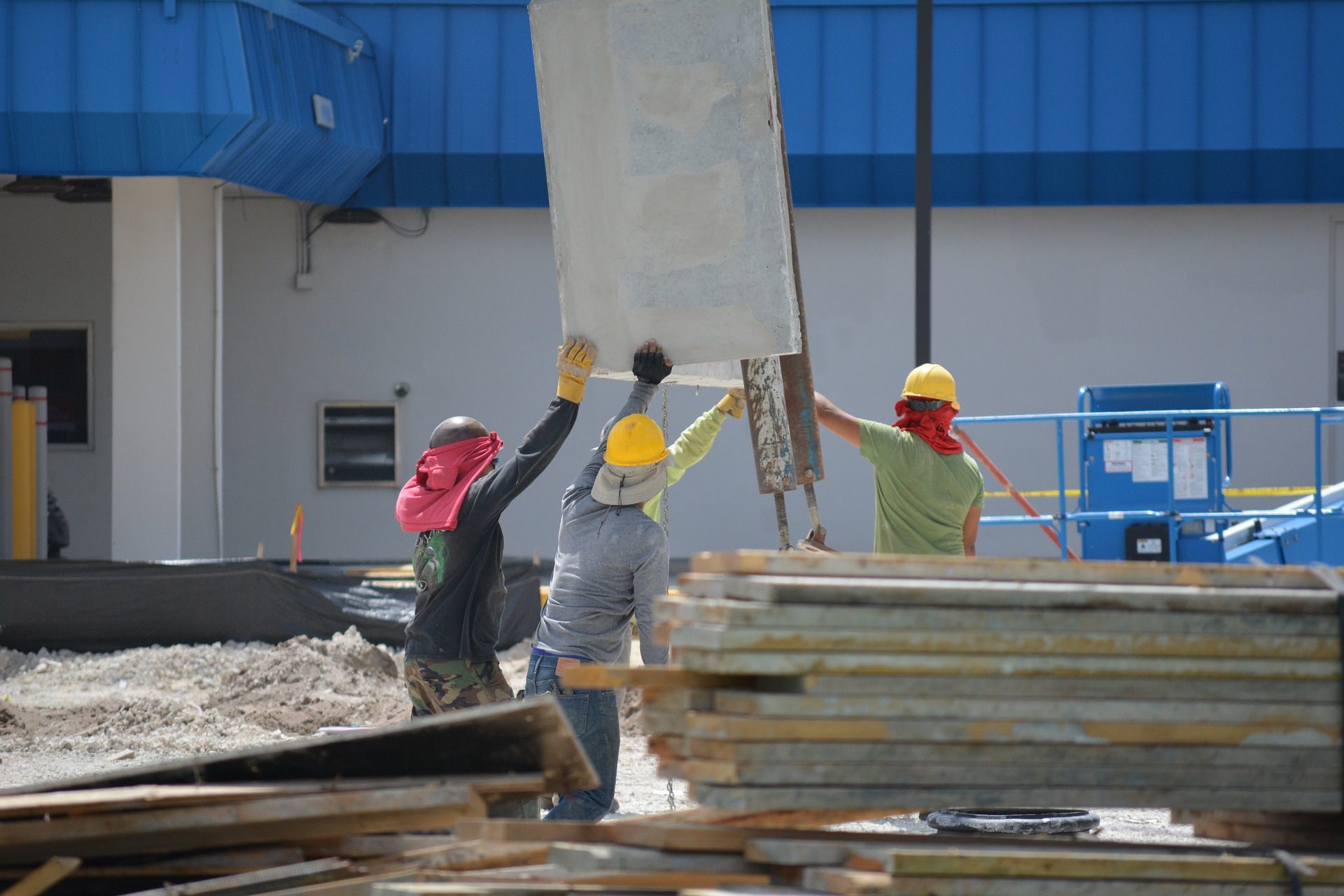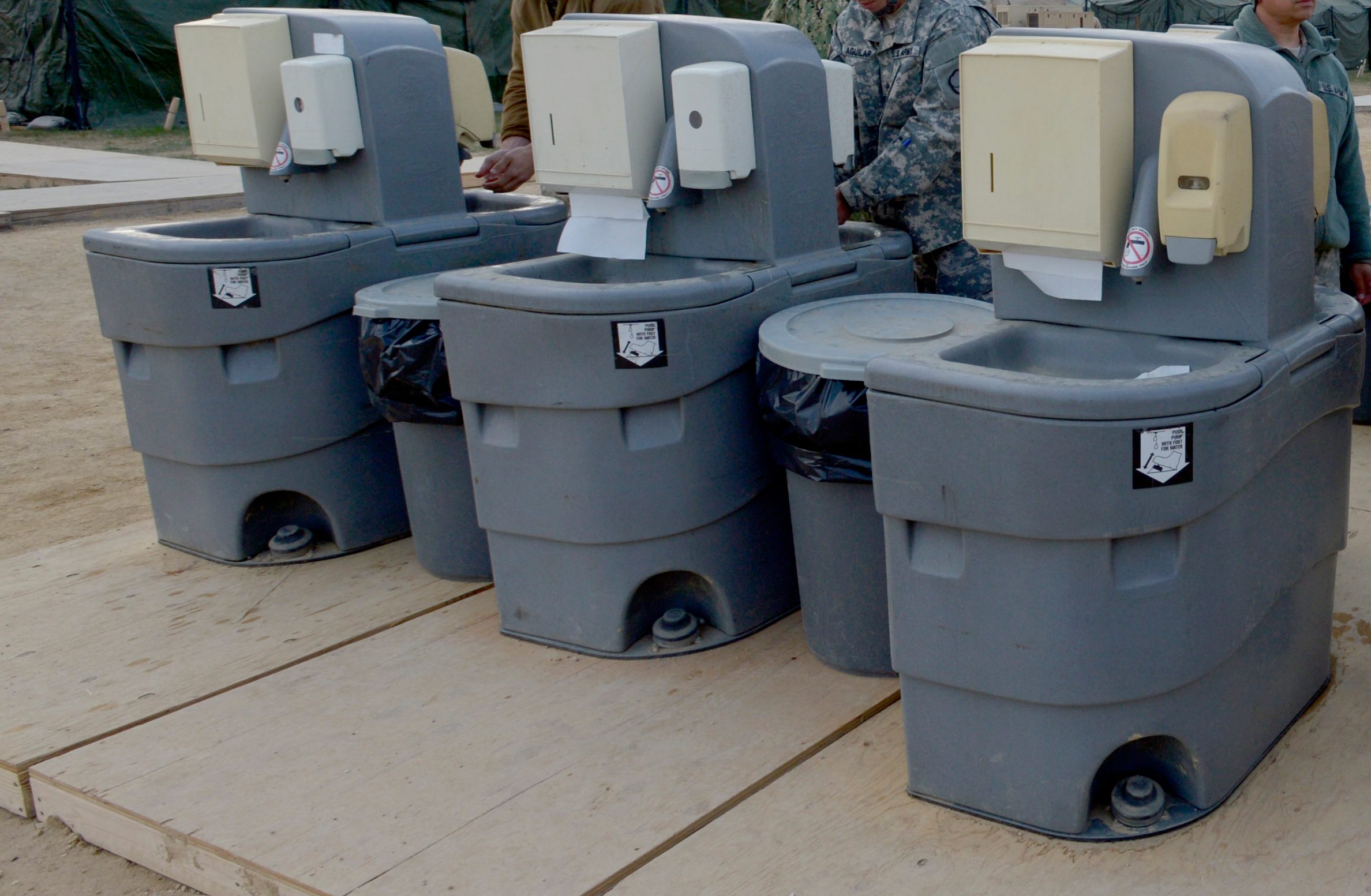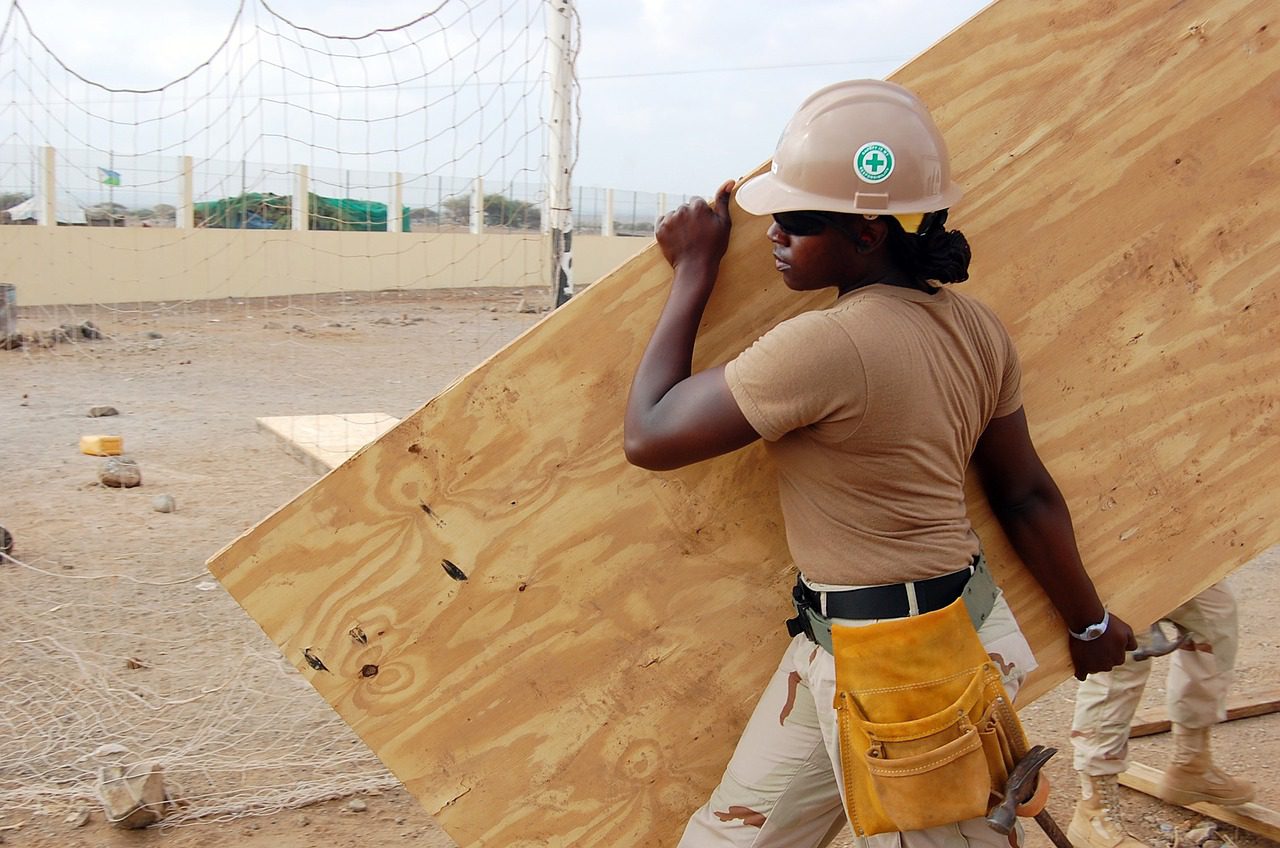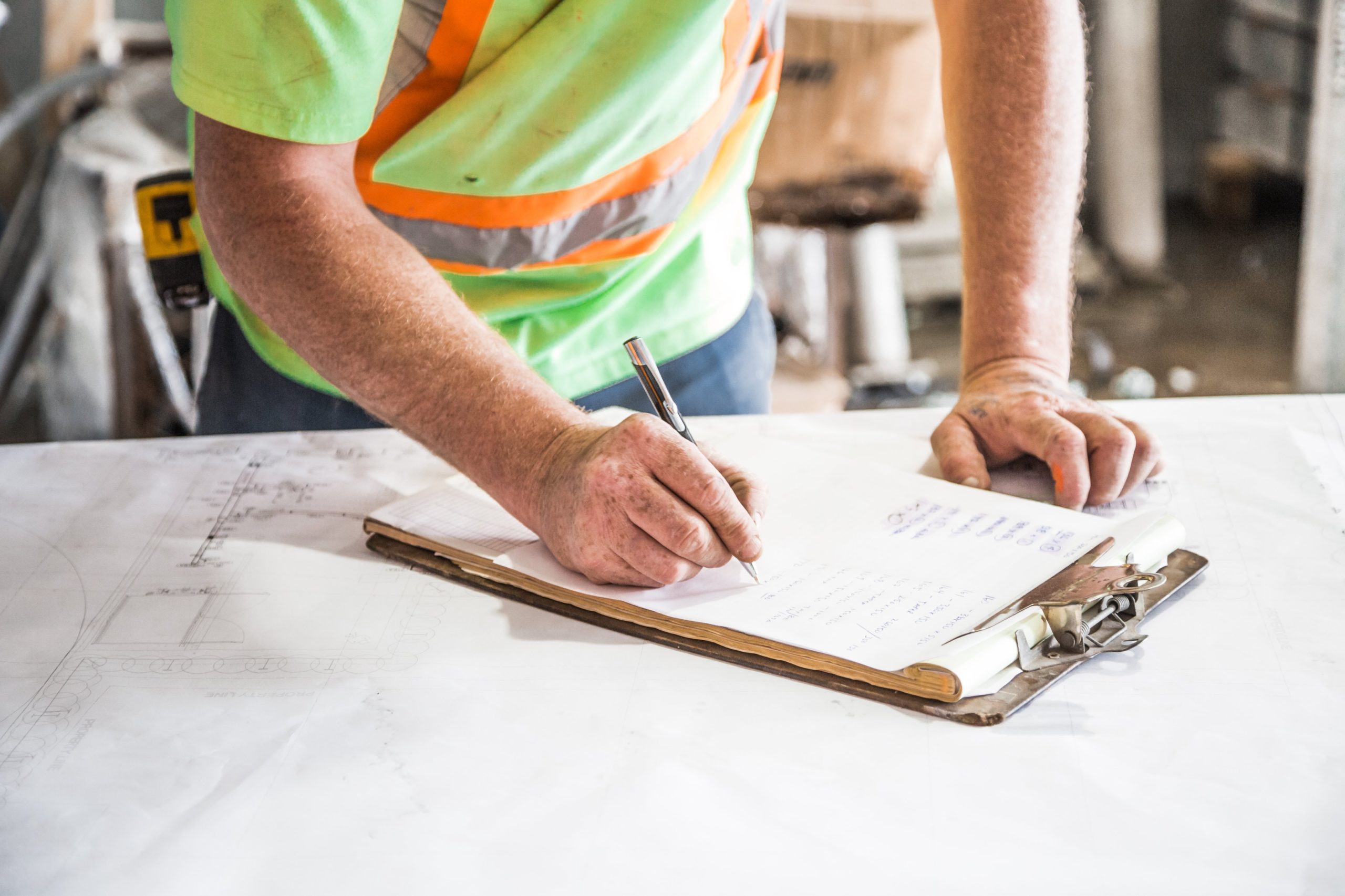Table of Contents
Updated on May 14, 2024
Captivating the attention of construction site managers and business owners, this comprehensive guide delivers indispensable tips and insights into the critical yet often overlooked aspect of construction site hygiene. We delve into the surprising array of biological hazards lurking at construction sites – from fungi and bacteria to infectious animals and poisonous plants – and shed light on how cleanliness practices can effectively mitigate the risk of these unseen threats.
The value of personal hygiene in the construction industry is often understated, yet it’s crucial for keeping workers healthy and reducing downtime due to illness. We discuss the prevalence of skin irritations and diseases, many of which are largely preventable through effective hygiene practices and safety precautions.
Staying compliant with Occupational Safety and Health Organization (OSHA) regulations is not only a legal requirement but also a business imperative. Our article demystifies OSHA mandates, helping you understand what ‘washing facilities’ should entail and why alternatives to soap and water might not meet the cut.
Whether you’re a business owner, a site manager, or a safety officer, our expertly crafted advice on construction site hygiene is an essential read. Dive in to learn more about creating a safer, cleaner, and more efficient construction site, which could help enhance productivity, maintain health and safety standards, and improve business outcomes.
Understanding – Construction Site Hygiene
The phrase “construction site hygiene” may bring to mind the image of workers wearing hard hats and covered in cement dust. The average onlookers driving by an area of roadwork may notice the smell of hot tar or hear someone handling a loud piece of equipment.
What most people outside of the construction industry do not know is that construction workers need to maintain their personal hygiene in order to stay healthy on the job. It is up to business owners, managers, and supervisors to provide everything they need.


Construction Site Hazards And Hygiene Best Practices
At a construction site, hygiene practices are a necessary part of the safety procedures. Workers face the following biological hazards:
- Fungi / mold
- Bacteria
- Bloodborne pathogens
- Infectious animals
- Poisonous plants


Frequent hand washing and satisfactory personal hygiene are what keep staff from becoming ill through cross-contamination. Per The National Institute for Occupational Safety and Health (NIOSH), over 13 million workers in the United States are exposed to harmful liquid substances and airborne chemicals that can be absorbed through the skin or easily enter the bloodstream through a cut or abrasion.
Skin irritation ranging from a mild rash to system toxicity can easily occur if the body is not properly protected. Contact dermatitis is the most common occupational skin disease (OSD), as it makes up 90-95% of skin irritation cases.
This condition causes pain, redness, swelling, itching, blisters, and dryness. According to NIOSH, 80% of these cases are caused by skin irritation from exposure to hazardous agents.
The Occupational Safety and Health Organization mandates that “washing facilities” must be provided for individuals who are working with potentially harmful substances, such as paint, coatings, and herbicides.
Workers also need these stations to wash their hands before eating, drinking, or smoking to avoid accidental ingestion of anything toxic.
Single-use paper towels or warm-air hand dryers are necessary too. Based on OSHA’s studies, waterless cleansers, like hand sanitizer and towelettes, are not adequate to remove greasy substances or thoroughly clean soiled hands.
Soap and water is still the most reliable option. There are cases when a shower is required, such as after removing personal protective equipment.
Per OSHA, employers must make shower facilities, soap, and towels available to each worker.


Construction work offers risks that go beyond physical injuries, as everyday workers come into contact with hazardous chemicals.
Consistent washing and strong personal hygiene habits can help to decrease contamination and keep workers happier and healthier.
Additional Hygiene Tips For Construction Businesses
Importance of Personal Protective Equipment (PPE):
To bolster construction site hygiene, Personal Protective Equipment (PPE) plays an instrumental role.
- PPE such as gloves, safety goggles, and protective clothing can help prevent direct contact with hazardous substances and biological threats, ensuring a safer working environment.
- PPE reduces the risk of contact with dangerous materials, thus maintaining hygiene and reducing potential health risks.
Also Read – How to Safely Dispose of PPE with Citron Hygiene – Infographic: PPE Disposal
Regular Training and Awareness Programs:
An effective strategy to uphold hygiene standards is through regular training sessions and awareness programs.
- These initiatives educate workers about the importance of cleanliness and equip them with practical techniques to maintain hygiene on-site.
- Regular training sessions and awareness programs ensure that all workers are well-versed in the best hygiene practices.
- Such programs can help instill a culture of safety and cleanliness at construction sites.
Proper Waste Disposal:
Proper waste management is a key component of construction site hygiene. From the safe disposal of chemical waste to general cleanliness practices, efficient waste management helps prevent diseases and contributes to a cleaner and safer site.
Hygiene Audits:
Regular hygiene audits are a proactive way to ensure that safety and cleanliness standards are upheld consistently.
Health and safety officers play a pivotal role in this aspect, performing regular checks and addressing any hygiene concerns promptly.
Healthy Eating and Drinking:
Nutrition plays a vital role in the health of construction workers. It’s essential to provide clean spaces for eating, encourage workers to bring food from home, and stress the importance of staying hydrated.
- Clean eating spaces, bringing food from home, and staying hydrated are vital practices that should be encouraged among construction site workers.
Mental Health and Hygiene:
Mental health is as critical as physical health on a construction site. The article can delve into stress management techniques and the importance of maintaining a healthy work-life balance for overall well-being.
COVID-19 Precautions:
As the world continues to grapple with the COVID-19 pandemic, it’s crucial to discuss the extra precautions necessary at construction sites. This includes mask-wearing, social distancing, and regular sanitation of shared spaces and tools.
Resources and Further Reading:
To enhance your understanding of construction site hygiene, consider exploring these trusted resources:
Related posts:
- Hygiene Tips for Workers in Healthcare Facilities [2024]
- Car Dealership Hygiene & Sanitation Tips – GUIDE [2024]
- Hepatitis Risk in Washrooms: Protection & Hygiene Tips [2024]
- How to Use Hand Sanitizer Safely – Tips For Safe Use [2024]
- Urinal Cleaning: How to Get Rid Of Uric Scale and Smell in Toilets
- Free Washroom Hygiene Assessment Checklist Download [2024]
- 24 Hygiene Facts, Tips & Stats You Won’t Believe [2024]
